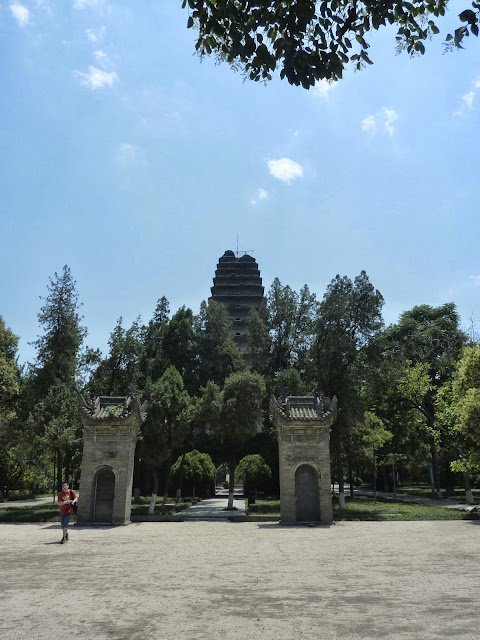Posts
Showing posts from September, 2013

Posted by
Flowergirl
Impressions of Xi'an - Terracotta Warriors and the Huaqing Hot Springs
- Get link
- X
- Other Apps

Posted by
Flowergirl
Impressions of Xi'an - Xiaoyan and the Muslim Quarter
- Get link
- X
- Other Apps